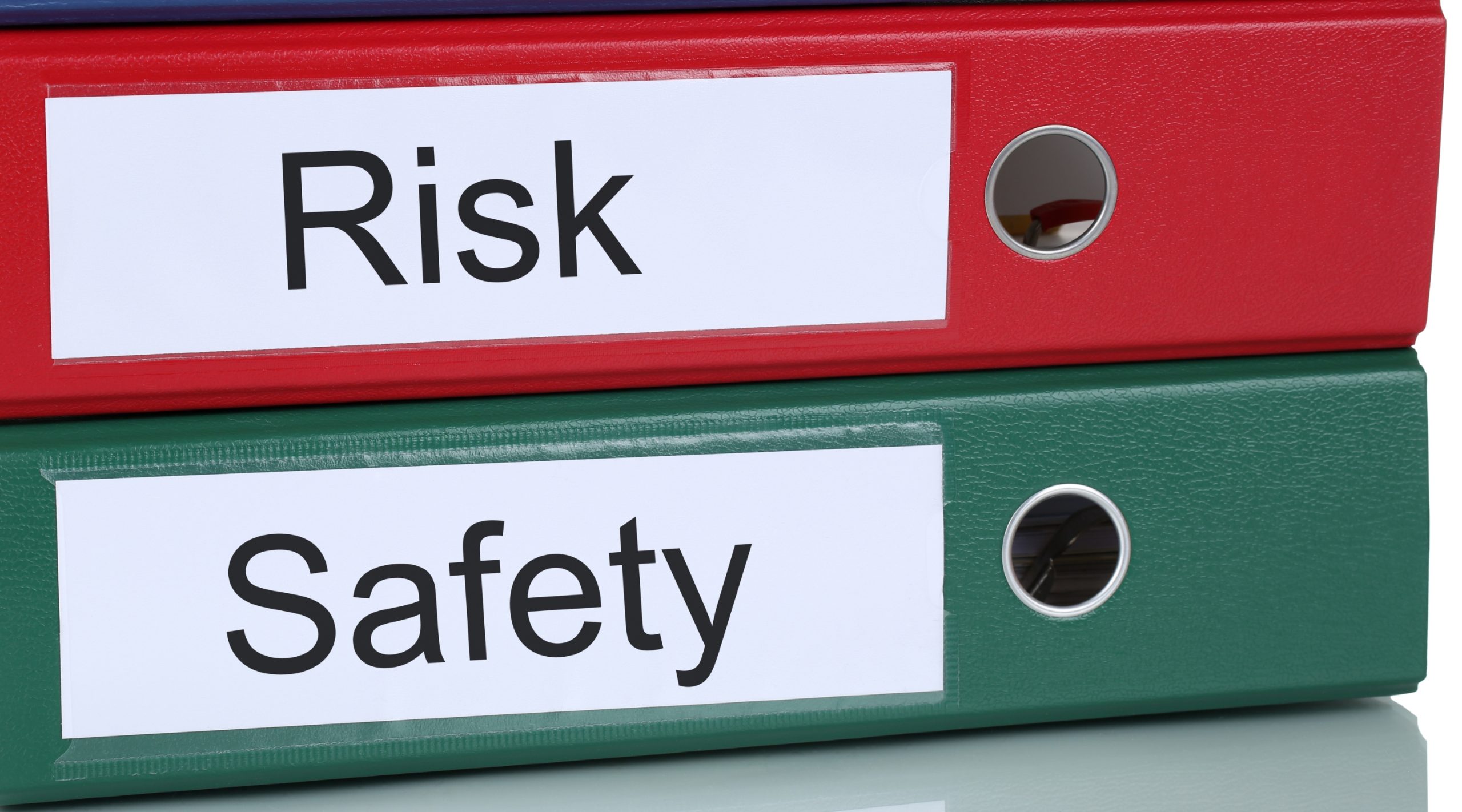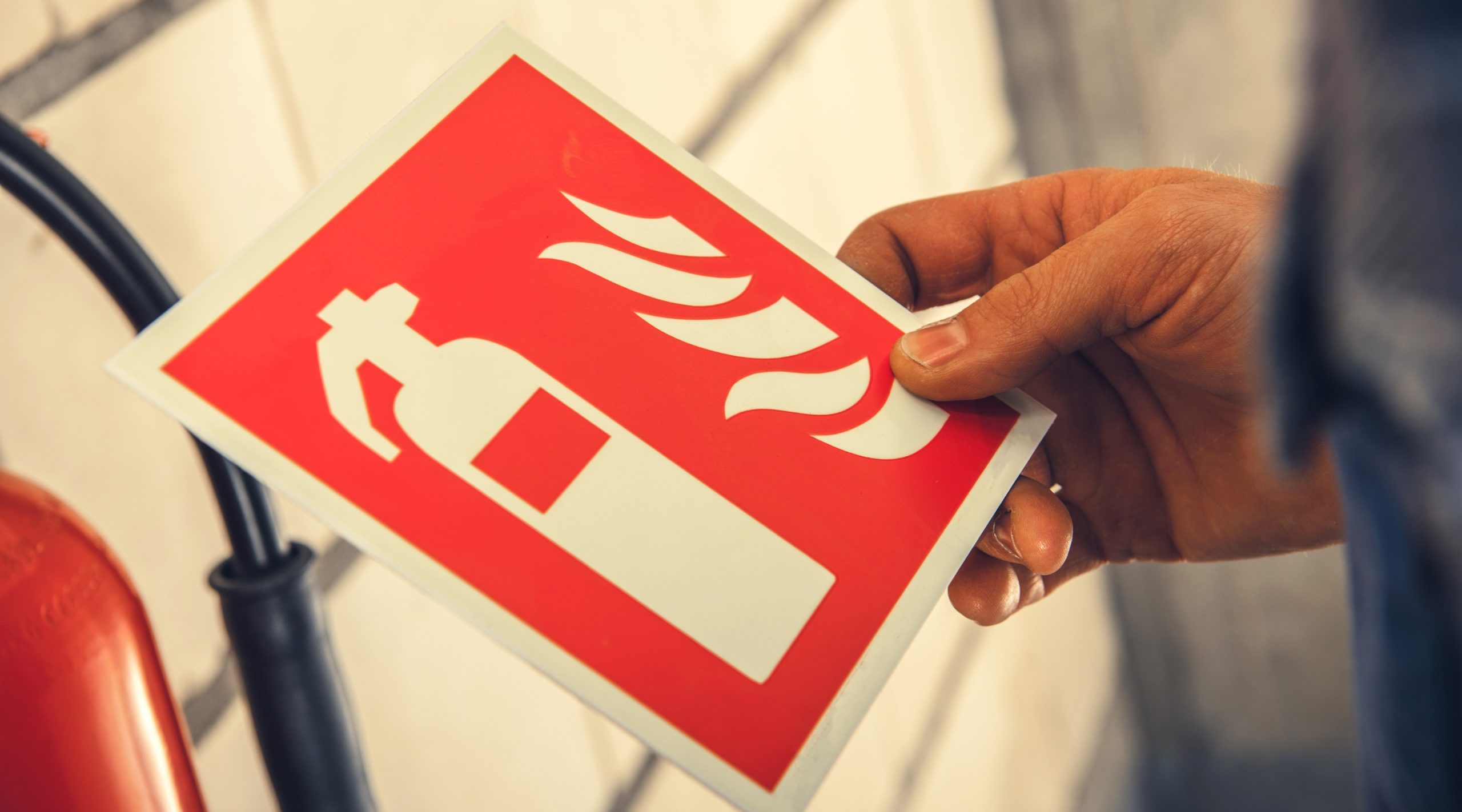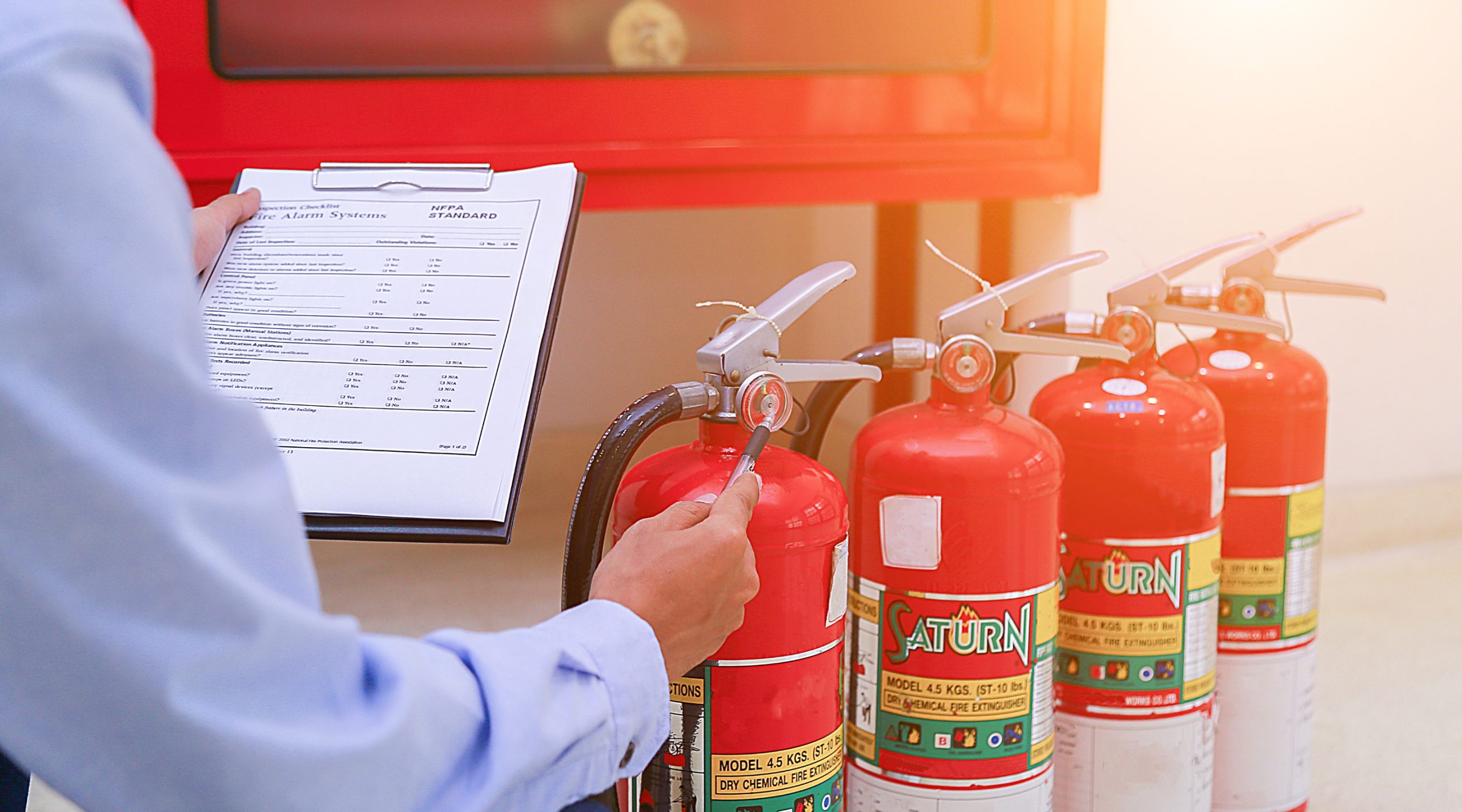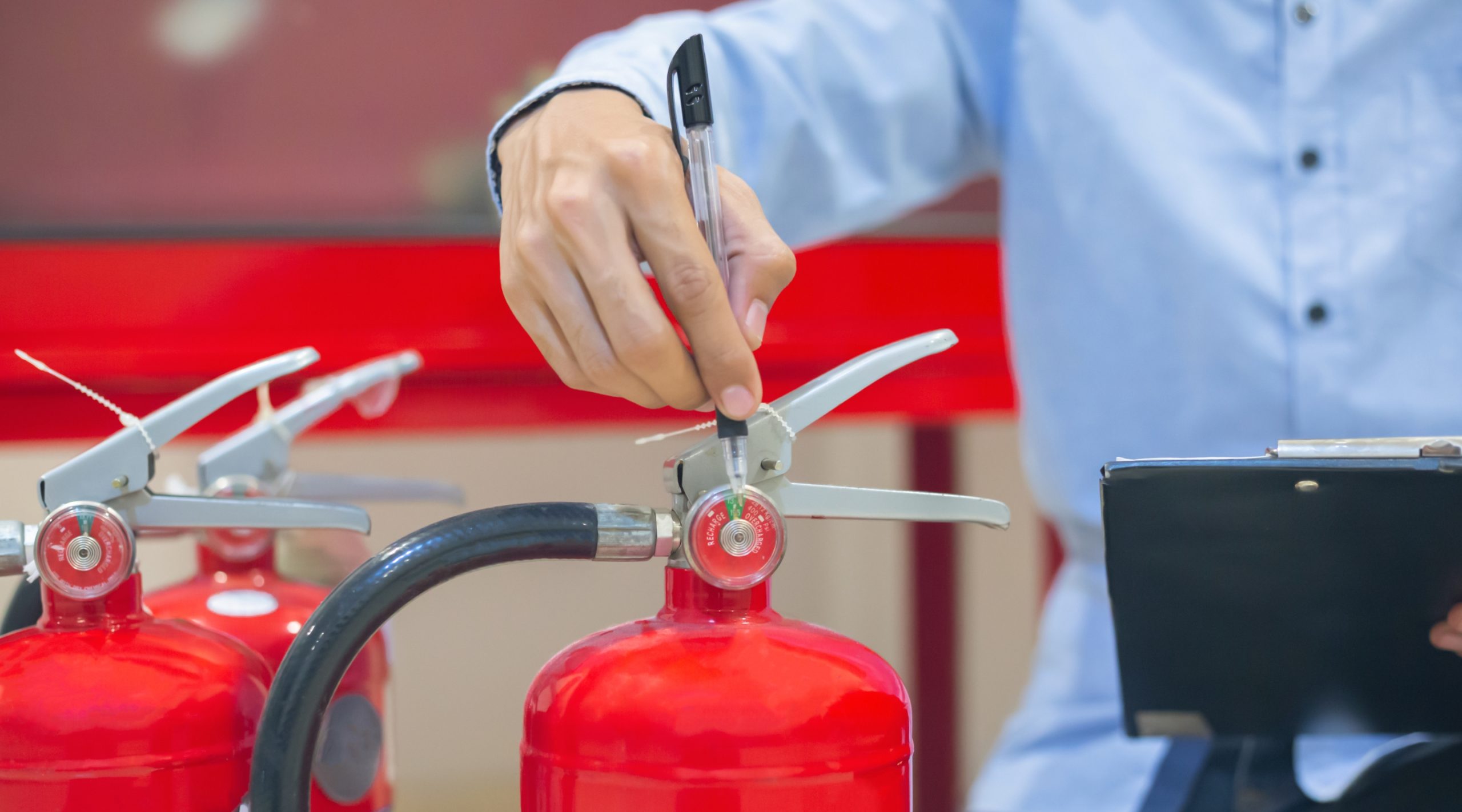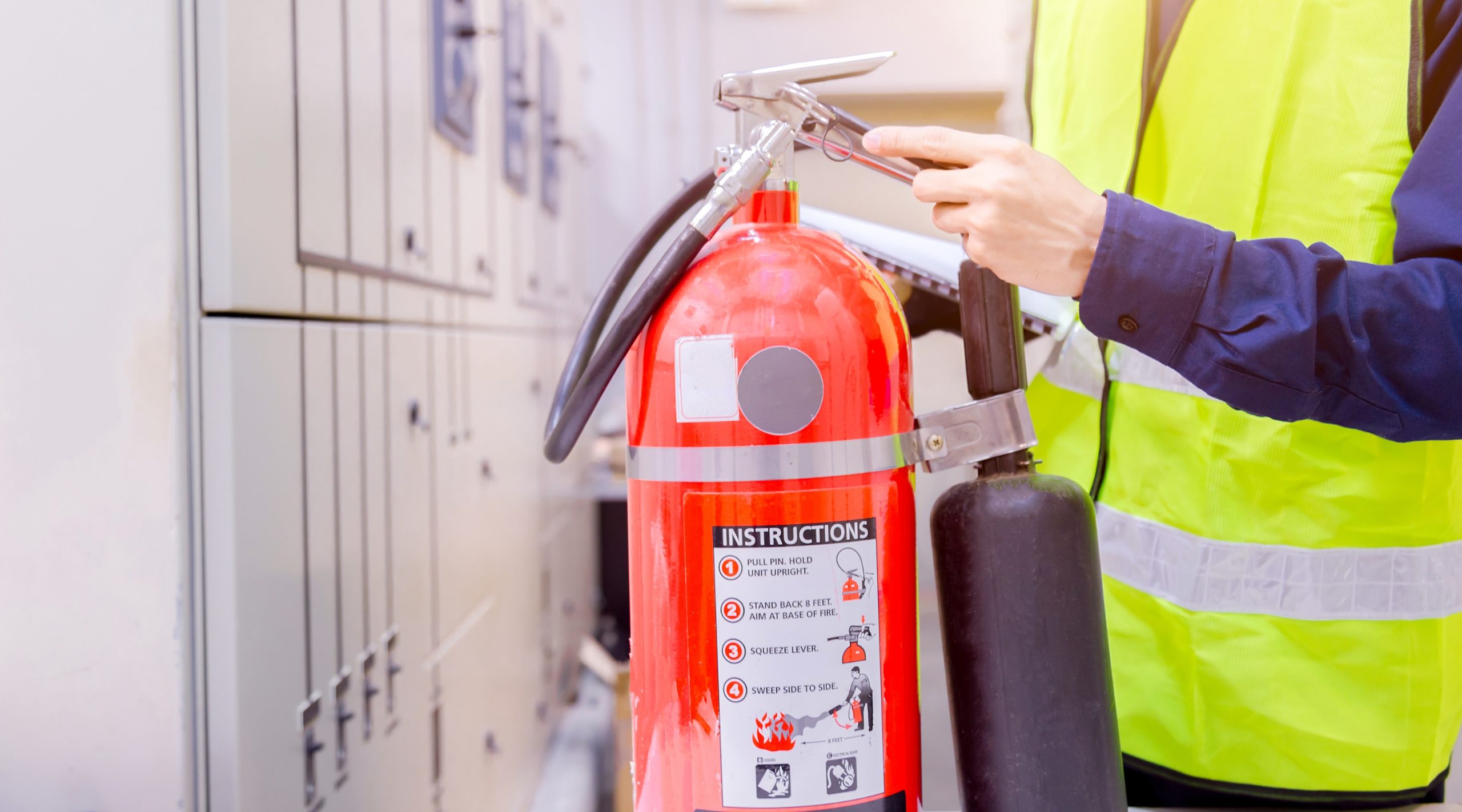The Cost of Fire Extinguisher Servicing and Why It’s Worth It
Introduction
Fire extinguishers are essential safety tools in homes, offices, and public spaces, designed to safeguard lives and property in the event of a fire. However, simply owning a fire extinguisher is not enough; regular servicing is crucial to ensure it functions effectively when needed. This article explores the cost of fire extinguisher servicing and the compelling reasons why it is a worthwhile investment.
Understanding Fire Extinguisher Servicing
Fire extinguisher servicing involves a thorough inspection and maintenance process conducted by certified professionals. It ensures that the extinguisher remains in optimal working condition, compliant with legal and safety standards. Key aspects of servicing include:
Visual Inspection: Checking for physical damage, corrosion, and tampering.
Pressure Testing: Ensuring the extinguisher maintains the correct pressure.
Recharging: Refilling used extinguishers to their proper levels.
Certification: Providing documentation as proof of compliance.
How Much Does Fire Extinguisher Servicing Cost?
The cost of fire extinguisher servicing varies depending on several factors, including the type of extinguisher, the servicing provider, and the region. Below is a general cost breakdown:
Annual Maintenance: Typically ranges between $30 and $70 per extinguisher. This includes basic inspections and testing.
Hydrostatic Testing: Required every 5-12 years (depending on the extinguisher type) and costs between $20 and $50 per unit.
Recharging Costs: Usually $15 to $30, depending on the extinguisher size and type.
Replacement Parts: If components such as hoses, pins, or seals need replacement, additional fees may apply.
Service Plans: Many providers offer discounted rates for bulk servicing or annual contracts.
While the upfront costs might seem significant, they pale in comparison to the potential losses incurred from a malfunctioning extinguisher during an emergency.
Why Fire Extinguisher Servicing Is Worth It
- Ensuring Operational Readiness
Fire emergencies are unpredictable. A regularly serviced extinguisher guarantees readiness, reducing response time and potentially saving lives and property. - Compliance with Regulations
In many regions, regular fire extinguisher servicing is mandated by law, especially for commercial properties. Non-compliance can result in fines, legal issues, or insurance claim denials. - Extending Equipment Lifespan
Routine maintenance prevents wear and tear, ensuring that extinguishers remain functional for their maximum lifespan, typically 10-15 years. - Minimizing Liability
For businesses, functional safety equipment demonstrates due diligence in protecting employees and customers, reducing the risk of lawsuits. - Peace of Mind
Knowing that your fire safety measures are up-to-date allows you to focus on other aspects of safety and management.
Tips for Choosing a Fire Extinguisher Servicing Provider
Check Certification: Ensure the provider is certified and experienced in fire extinguisher servicing.
Compare Costs: Request quotes from multiple providers to find the best value.
Read Reviews: Look for customer testimonials and ratings.
Ask About Contracts: Inquire about annual service plans or bulk discounts.
Conclusion
Investing in fire extinguisher servicing is not just about compliance; it’s about safeguarding lives, property, and peace of mind. The cost of servicing is a small price to pay compared to the potential consequences of an unmaintained extinguisher. By choosing a reliable fire safety servicing provider and adhering to regular maintenance schedules, you ensure that your fire protection system are always ready to perform when it matters most.

